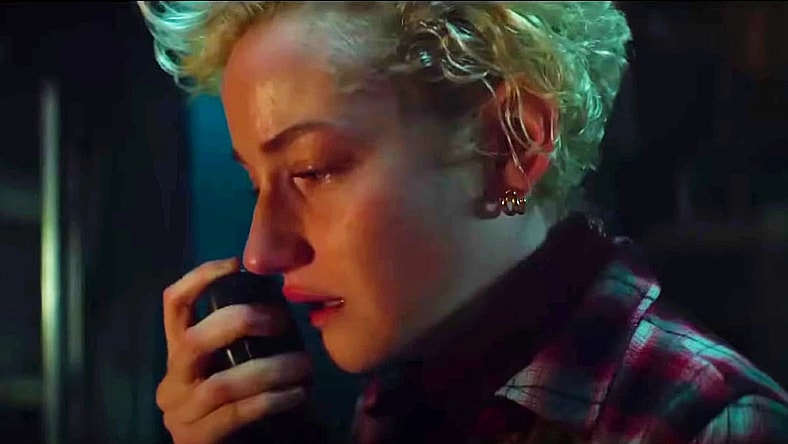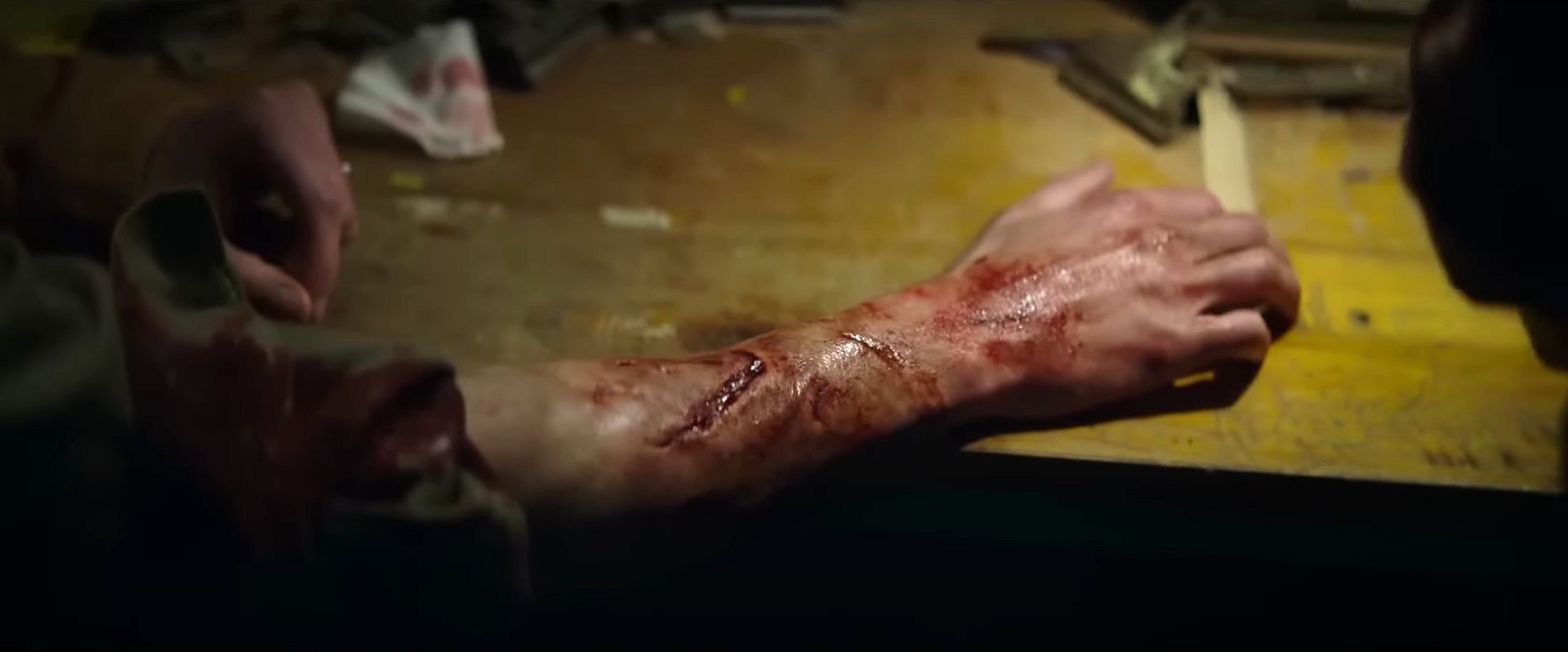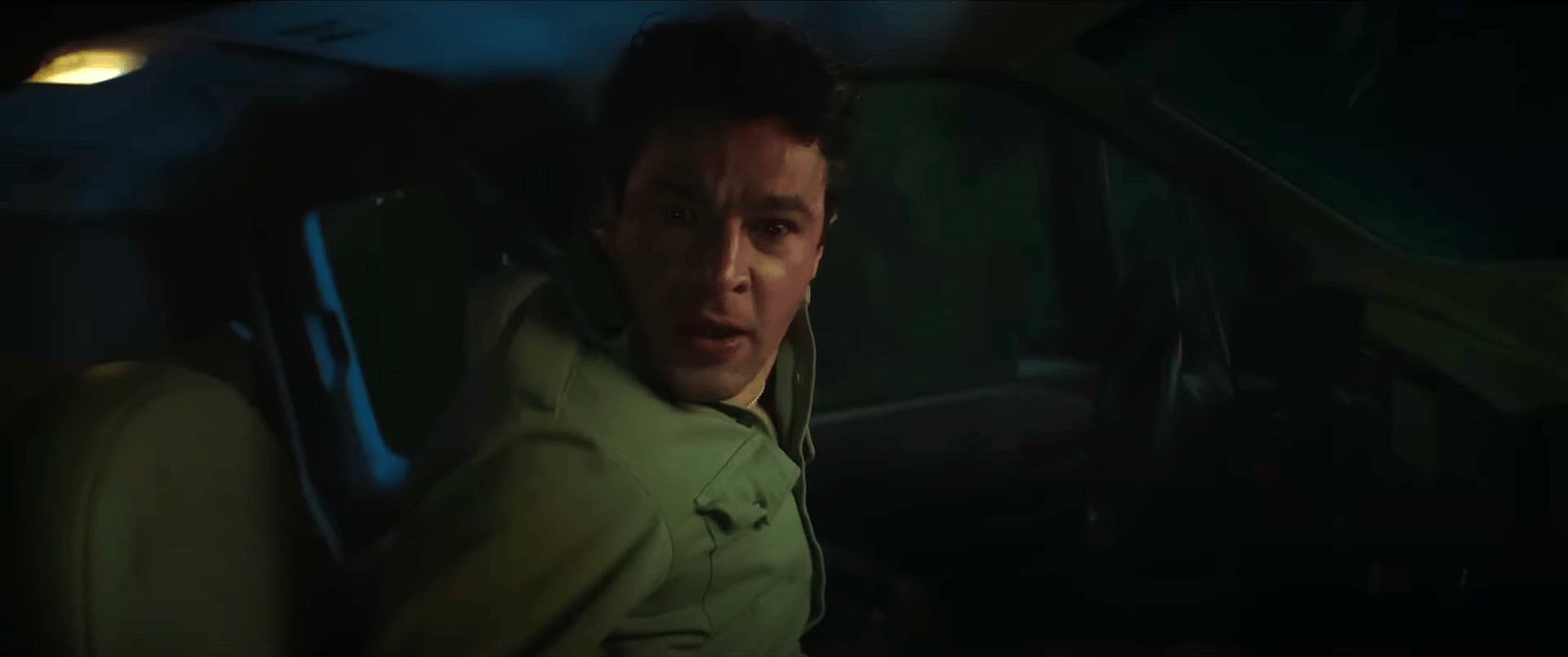Director Leigh Whannell Explains How His ‘Wolf Man’s “Infection Angle” Was Influenced By COVID

Writer/director Leigh Whannell is sharing his inspirations for the latest update on The Wolf Man, which he confessed is made for a modern audience. However, that doesn’t quite mean or connote what you think it does.

RELATED: Bounding Into Halloween Night 19: More Bloodsuckers With Bite In ‘Thirst’ & ‘Fright Night’
He tells Discussing Film he wrote his script with a “post-pandemic world” in mind. “We’ve all seen a man transform into a beast under the moonlight. It’s a shared image of our collective cultural consciousness. To me, the horrors of Wolf Man lie in the infection,” he explained.
“In modernizing the werewolf, I didn’t want to make it about a curse or anything mystical. In our post-pandemic world, the proximity to people in our own homes who can be ill with a dangerous sickness is what was most interesting to me,” Whannell continued.

“So, I don’t want people to walk in expecting the usual or a complete homage. You can take all these classic monsters and wrap them around different concepts to modernize them. In this way, Wolf Man has much more of an infection angle,” he added.
The Invisible Man filmmaker compared images he conjured in his head to get the wheels turning on the page for both remakes. “I remember the first distinct image I had for The Invisible Man, which was of a woman being dragged around a kitchen floor by nothing. There was an unseen force. That was the first thing that popped into my head, and I sort of built the film around that,” he expanded.

RELATED: First Look At Werewolf Design In Blumhouse’s ‘Wolf Man’ May Be Proof The Reboot Is DOA
“For Wolf Man, for some reason, the image of this remote, mountainous region was in my head. The first draft was written in 2020 during the COVID lockdown, and I remember I would walk my dog every night and it was like 28 Days Later. The streets were just so empty and quiet. A very specific vibe crept in, and I wanted to reflect that isolation in the script,” he said.
Whannell is giving the old college try here to clarify why the “werewolf” in his movie looks the way it does, when you think about it, and good on him for the attempt. His creature looks like a sickly old savage born out of mountainous verdant isolation, and probably does channel aspects of conditions like Porphyria being a real explanation for lycanthropic legends.
However, the idea of a werewolf movie played as an infection film (Ginger Snaps) or a fight for survival while stuck in seclusion (Dog Soldiers) is nothing new. We shall see what new spin Whannell can put on these themes in January.
